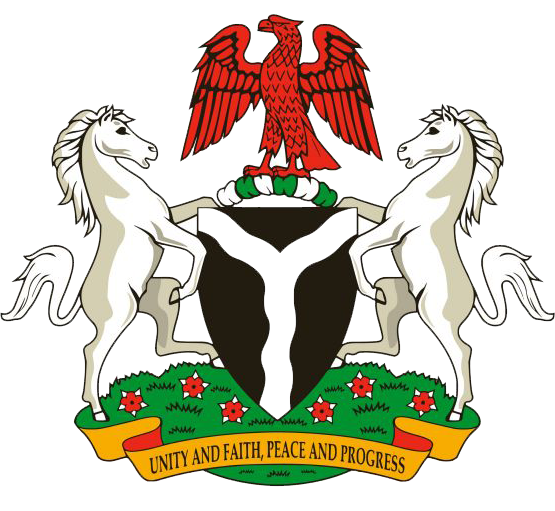If he retains observe of inventory, his revenue in 2008 is $50, and his profit in 2009 is $110, or $160 in total. If he deducted all the prices in 2008, he would have a loss of $20 in 2008 and a revenue of $180 in 2009. Most international locations’ accounting and income tax guidelines (if the country has an income tax) require using inventories for all businesses that often promote items they have made or purchased. Usually speaking, only the labour prices directly involved in the manufacture of the product are included. In most instances, administrative expenses and advertising costs aren’t included, though they’re an important facet of the business and gross sales because they’re indirect prices. For example, the weighted average can end result in a lower stock valuation because it doesn’t account for the ebb of gross sales and alternative of merchandise, nor does it replicate the effectivity of a business.
Figuring Out profitability accurately is essential for any business to gauge its monetary performance. Selling is a crucial perform of any enterprise entity whose core aim is revenue maximization. Apart from maximizing sales, controlling costs can be essential to maximize profitability. Gross profit determination is the primary and significant step in analyzing profitability, particularly in manufacturing entities. Supplies and labor could additionally be allotted primarily based on past expertise, or standard costs. Where supplies or labor costs for a interval fall short of or exceed the anticipated quantity of normal costs, a variance is https://www.kelleysbookkeeping.com/ recorded.
Since prices are likely to go up over time, a company that makes use of the FIFO technique will promote its least costly products first, which interprets to a decrease COGS than the COGS recorded under LIFO. Hence, the net income using the FIFO technique increases over time. Corporations that supply items and services are likely to have each COGS and cost of sales on their earnings statements. Cost of Items Sold does not embody common expenses corresponding to sales – cost of goods sold is equal to wages and salaries to office staff, promoting expenses, etc. It is solely the direct costs of the stock that we’ve bought in the course of the yr. For investors, COGS is a crucial indicator of a company’s financial health.
After 12 months end, Jane decides she shall be ready to make more money by improving machines B and D. She buys and makes use of 10 of components and supplies, and it takes 6 hours at 2 per hour to make the improvements to every machine. She calculates that the overhead provides 0.5 per hour to her prices.
Merely put, the decrease your COGS, the higher your gross profit margin. Gross revenue margin is calculated by subtracting COGS from your income after which dividing that quantity by your income. It’s a percentage that shows how much money you’re actually maintaining from every sale after covering the direct costs of production. The operating margin ratio takes under consideration COS and is calculated by subtracting operating bills from income and dividing the outcome by revenue. This ratio offers a broader view of a company’s profitability by together with all operating prices, not simply the direct prices of products offered. For investors and stakeholders, clear reporting of those costs helps in evaluating a company’s efficiency and comparing it towards industry benchmarks.
Whereas the gross margin is the usual metric used to investigate the direct prices of an organization, the COGS margin is the inverse (i.e., one subtracted by gross margin). For firms trying to extend their gross margins, promoting at greater quantities is one methodology to profit from decrease per-unit prices. The gross revenue metric represents the earnings remaining as soon as direct costs (i.e. COGS) are deducted from income. However not all labor prices are acknowledged as COGS, which is why each company’s breakdown of their expenses and the method of revenue creation must be assessed.
As A Substitute, they depend on accounting methods similar to the primary in, first out (FIFO) and final in, first out (LIFO) rules to estimate what value of inventory was actually sold in the interval. If the stock value included in COGS is comparatively high, then this will place downward stress on the company’s gross revenue. For this cause, corporations generally select accounting strategies that will produce a lower COGS figure, in an try to spice up their reported profitability. Both COGS and price of gross sales immediately have an effect on an organization’s gross revenue.
- The earliest goods to be bought or manufactured are bought first.
- Direct materials are the raw supplies which are used within the production of goods.
- If inventory decreases by 50 units, the worth of 550 units is the COGS.
- These objects cannot be claimed as COGS and not utilizing a bodily produced product to sell, however.
Primarily, operating bills are the opposite of COGS and embody selling, basic, and administrative bills. Changes in COGS and COS can lead to the creation of deferred tax property or liabilities. For example, if an organization makes use of different stock accounting strategies for tax and financial reporting functions, it might create momentary differences that end in deferred tax belongings or liabilities. These gadgets must be carefully managed to ensure correct financial reporting and compliance with tax regulations.
Determining how much of the overhead should be attributed to the production process may be advanced and may require detailed price accounting strategies. For corporations that sell both items and companies, Cost of Sales can be a complete figure that includes the COGS for physical merchandise alongside the direct prices of their service choices. Other direct bills essential to ship a service or product, such as commissions, certain freight, or transport prices, can even fall underneath Cost of Sales. This broader application makes Price of Gross Sales a flexible metric for revenue-generating activities across diverse business models.

